For many potential dog owners, shedding is a significant concern. Dog hair can end up on furniture, clothes, and throughout the home, which can be particularly problematic for people with allergies. However, some dog breeds shed very little, making them more suitable for individuals who prefer a cleaner home or who suffer from allergies. Low-shedding dogs typically have hair that grows continuously and falls out less frequently, requiring regular grooming but resulting in less hair around the house. Knowing which dog breeds shed the least is crucial for making an informed decision when choosing a pet.
This article will explore the top 10 dog breeds that shed the least, factors influencing shedding, and tips for managing it.
Top 10 Dog Breeds That Shed The Least
1. Poodle
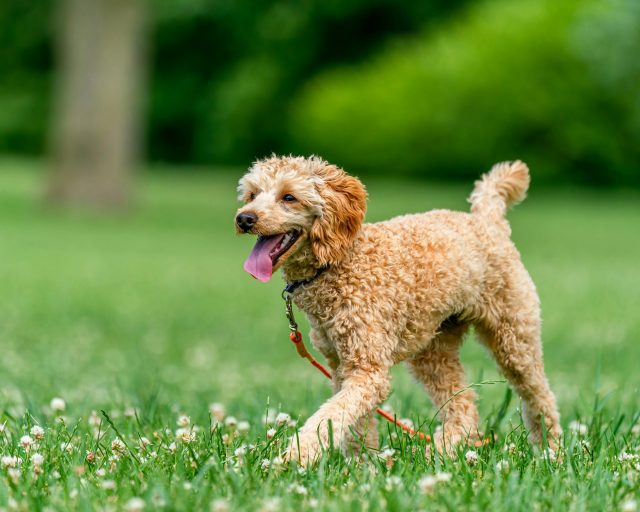
Poodles are renowned for their low-shedding coats, which consist of dense, curly hair that traps loose hairs and dander. Regular grooming, including brushing and professional trims, is essential to keep their coat healthy and prevent matting.
2. Bichon Frise
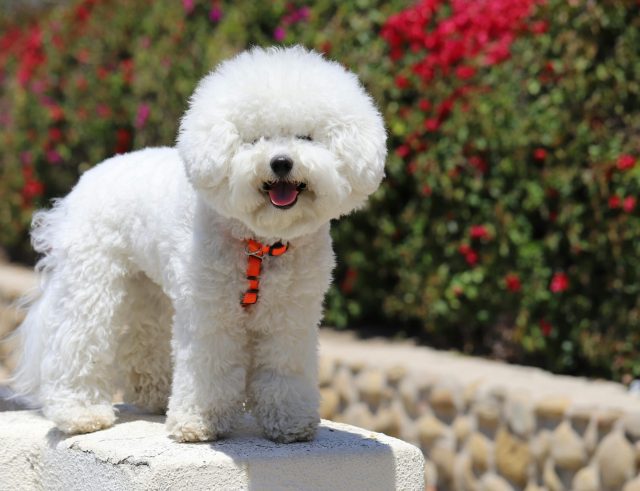
The Bichon Frise has a soft, curly coat that sheds minimally. These dogs require frequent grooming to maintain their fluffy appearance and prevent tangles. Regular baths and brushing are necessary to keep their coat in top condition.
3. Yorkshire Terrier
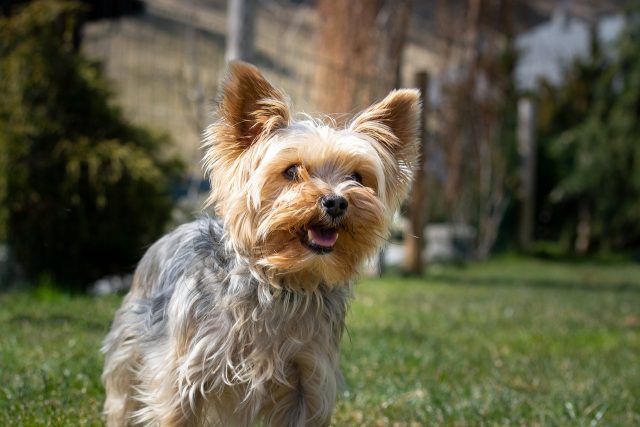
Yorkshire Terriers, or Yorkies, have fine, silky hair that sheds very little. Their hair is similar to human hair and grows continuously, requiring regular grooming and trimming. Yorkies need daily brushing to prevent tangles and keep their coat shiny.
4. Maltese
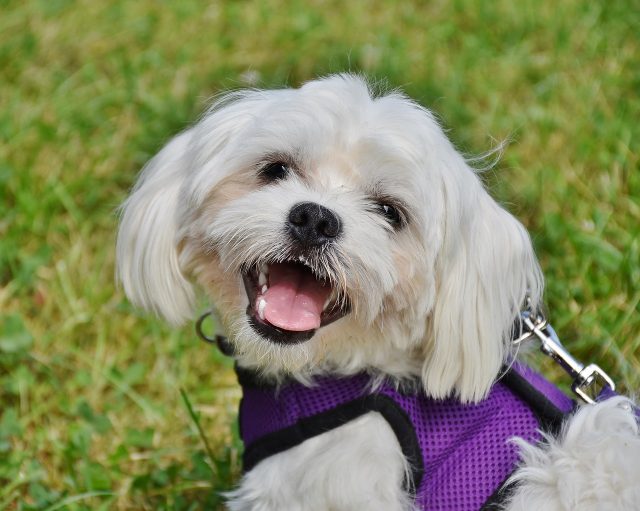
Maltese dogs have long, flowing white coats that shed minimally. Their hair grows continuously, necessitating regular grooming and trimming. Daily brushing helps prevent matting and keeps their coat looking beautiful.
5. Shih Tzu
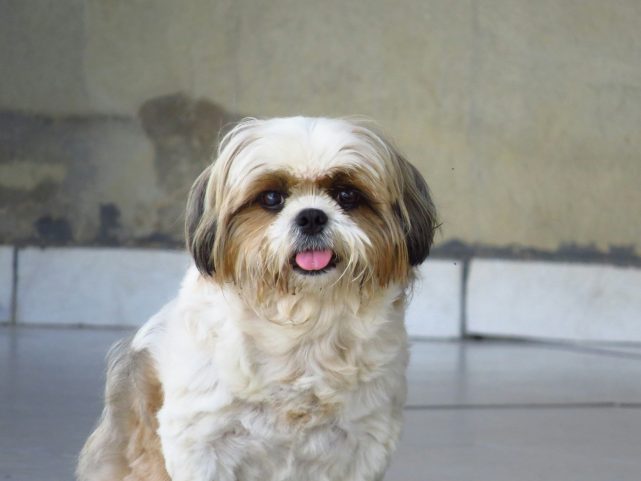
Shih Tzus are known for their luxurious, long hair that sheds very little. Regular grooming is essential to maintain their coat, including daily brushing and baths. Many owners choose to keep their Shih Tzus in a “puppy cut” for easier maintenance.
6. Havanese

The Havanese has a silky, wavy coat that sheds minimally. Regular grooming, including brushing and trimming, is necessary to keep their coat healthy and prevent tangles. Their playful nature and low-shedding coat make them excellent companions.
7. Basenji
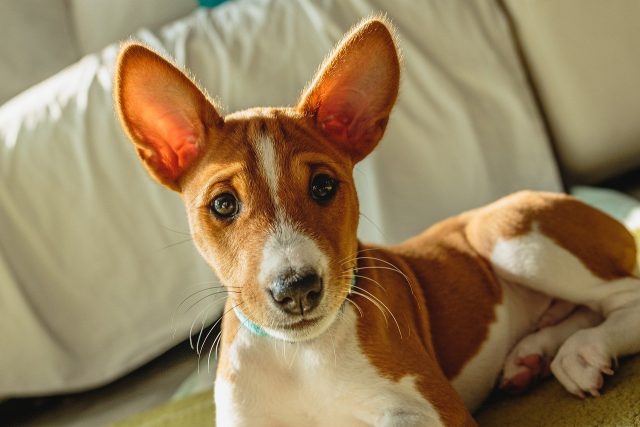
Basenjis have short, fine coats that shed very little. These dogs are known for their grooming habits, similar to cats, which help keep their coat clean and reduce shedding. Basenjis require minimal grooming, making them low-maintenance pets.
8. Schnauzer
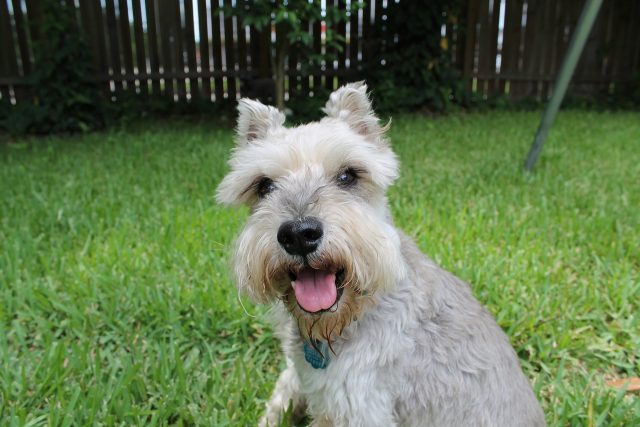
Schnauzers, including Miniature, Standard, and Giant varieties, have wiry coats that shed minimally. Regular grooming, including brushing and hand-stripping, is necessary to maintain their coat and prevent matting. Schnauzers are known for their distinctive beards and eyebrows.
9. Portuguese Water Dog
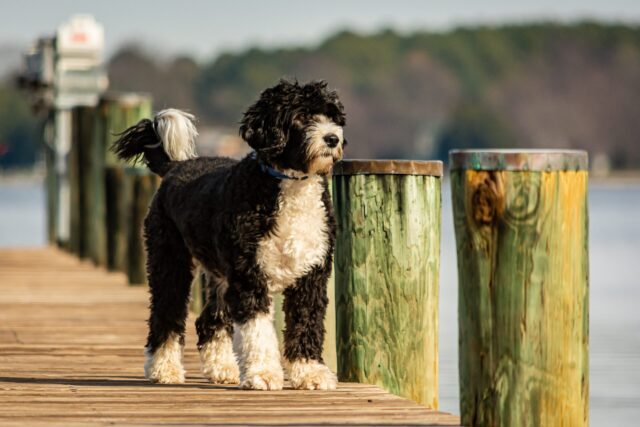
Portuguese Water Dogs have curly, water-resistant coats that shed very little. Regular grooming, including brushing and trimming, is essential to keep their coat healthy and tangling-free. These dogs are excellent swimmers and make great companions for active families.
10. Afghan Hound
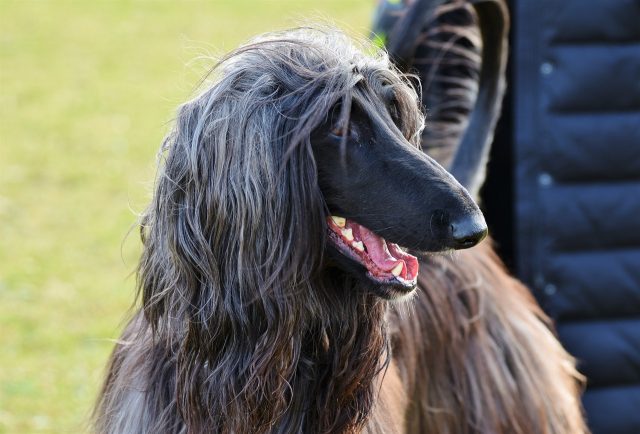
Afghan Hounds have long, silky coats that shed minimally. Regular grooming, including brushing and professional trims, is necessary to maintain their coat’s luxurious appearance. Afghan Hounds are known for their elegant and regal presence.
Explore These five Amazing Low-Shedding Dog Breeds
Factors Influencing Shedding in Dogs
1. Genetics and Breed Tendencies
Shedding tendencies are largely influenced by genetics. Breeds developed for specific purposes, such as working in water or cold climates, may have coats that shed less frequently.
2. Coat Type and Hair Growth Cycle
Dogs with hair that grows continuously, like Poodles and Maltese, tend to shed less than those with fur that has a regular shedding cycle. The texture and length of the coat also affect shedding.
3. Diet and Health Influences
A dog’s diet and overall health can impact shedding. A balanced diet with essential nutrients helps maintain a healthy coat, reducing excessive shedding. Regular vet check-ups ensure that any health issues affecting the coat are addressed promptly.
Find Out Which Grooming Tools Are Essential For Your Dog
Managing Shedding in Low-Shedding Dog Breeds
1. Effective Grooming Techniques and Tools
Regular grooming is crucial for managing shedding in low-shedding breeds. The right brushes and grooming tools can help remove loose hairs and prevent matting.
2. Tips for Maintaining a Clean Home with a Dog
Frequent vacuuming and using furniture covers can help manage pet hair. Regularly washing dog beds and blankets also reduces the amount of hair in the home.
3. Importance of Regular Vet Check-Ups
Regular vet check-ups ensure that your dog is healthy and that any issues affecting their coat are addressed. Vets can advise on proper grooming and diet to maintain a healthy coat.
Learn More About The Top 13 Heavy-Shedding Dog Breeds
Conclusion: Choosing the Right Low-Shedding Dog Breed for Your Lifestyle
Choosing a low-shedding dog breed can make pet ownership more enjoyable, especially for those with allergies or who prefer a cleaner home. By understanding the factors that influence shedding and implementing effective grooming techniques, you can manage shedding and keep your home clean. Whether you prefer the elegance of an Afghan Hound or the playful nature of a Havanese, there is a low-shedding breed that will fit your lifestyle and preferences perfectly.
 Toledo, United States.
Toledo, United States.